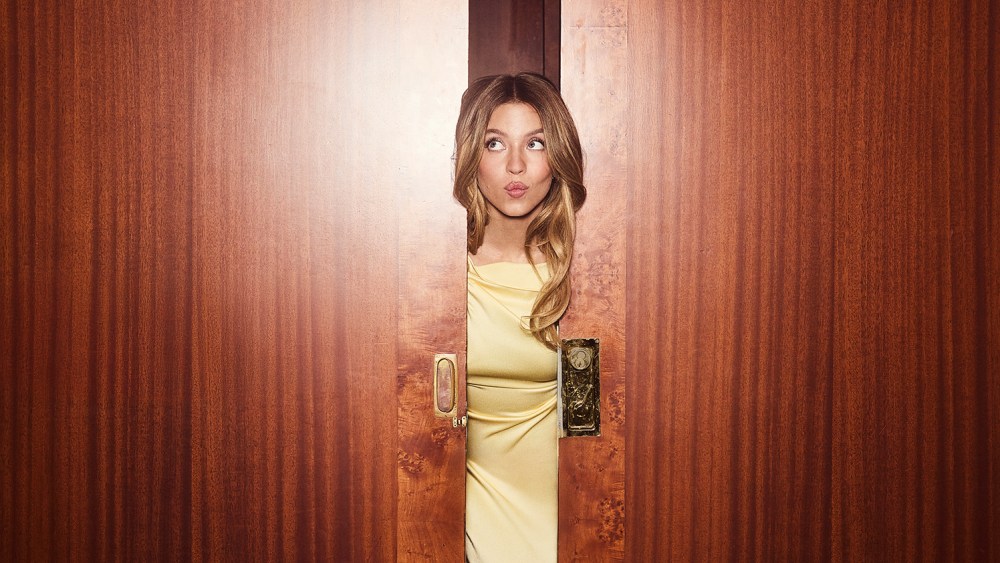Investing.com — Apple’s iPhone demand in China is showing signs of recovery, according to Jefferies analyst Edison Lee, which said growth in the world’s second-largest economy “has accelerated,” challenging its earlier negative outlook.
Lee told investors that his firm’s tracking shows “continued shortening in lead time in all models and markets, with only a few exceptions.”
He added that “17P’s lead time has almost disappeared and 17 Air in China also saw lead time fall to nearly zero,” while “the base model still shows the strongest trend in lead time.”
Despite shorter delivery times, Jefferies stated that “industry checks suggest growth in China has accelerated.”
The firm estimated that “for the first five weeks since iPhone 17 shipment started, total iPhone unit growth reached 19% year over year,” a figure it described as “very impressive” and one that “continues to challenge our negative view on AAPL.”
However, Jefferies warned that the recent momentum could come at the expense of profitability.
“While volume growth may be better than expected, we remain concerned about the risk of margin miss, given aggressive pricing in the base model of 17 and lack of ASP increase for 17 PM despite higher BOM costs,” wrote Lee.
The analyst also pointed to a “material shrinkage in resale premium” across all iPhone 17 variants, noting that “all variants of 17 Pro finally went into discounts from premium, which is the first time since launch.”
Jefferies concluded that while China and Hong Kong “show the strongest demand among the six markets we track,” product mix and rising memory costs “would create margin risk in 2026 for the entire smartphone industry.”
Related articles
iPhone demand improving in China, Jefferies says
Qualcomm stock jumps after unveiling new AI chips to challenge Nvidia
Trump narrows Fed chair candidates to five finalists





